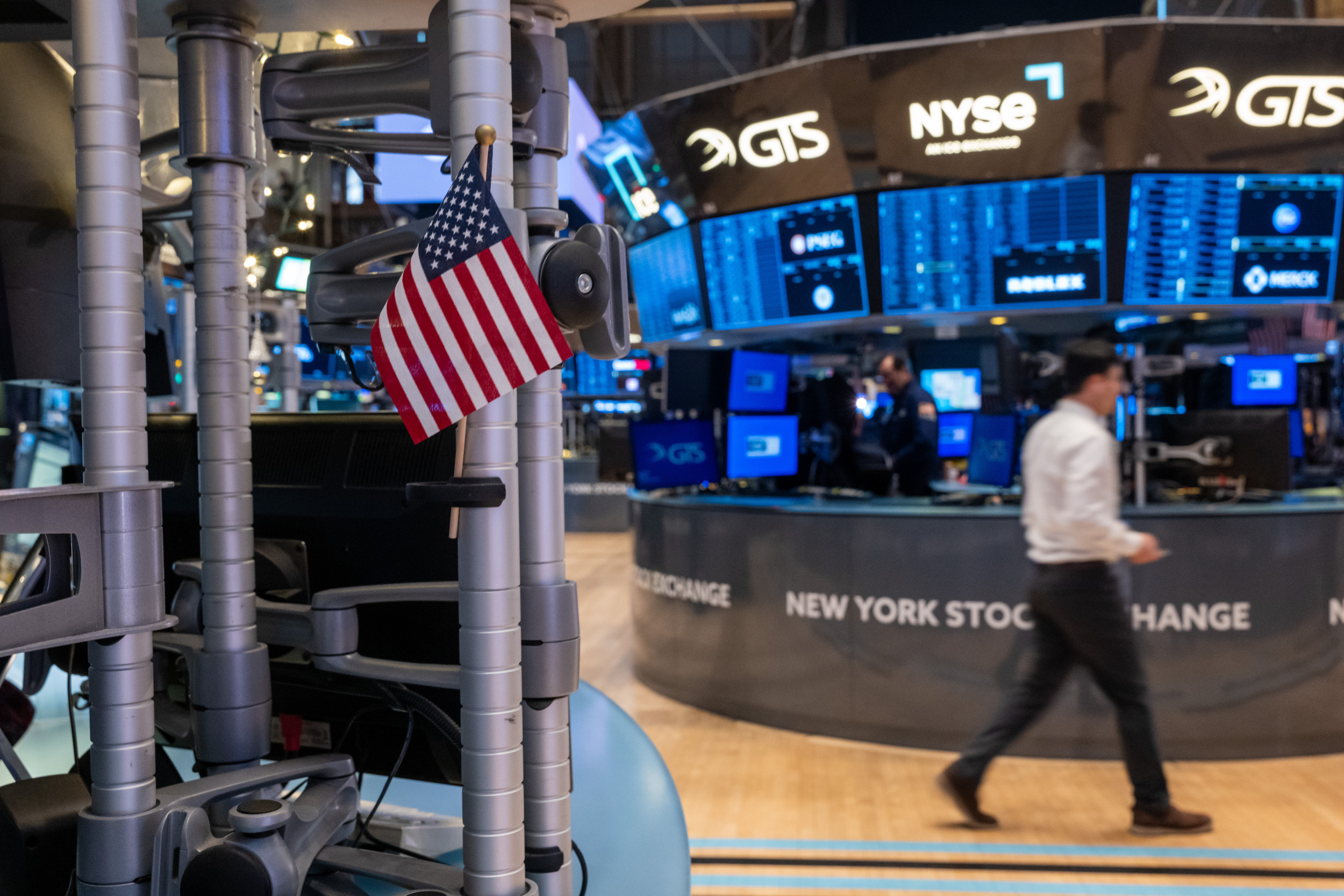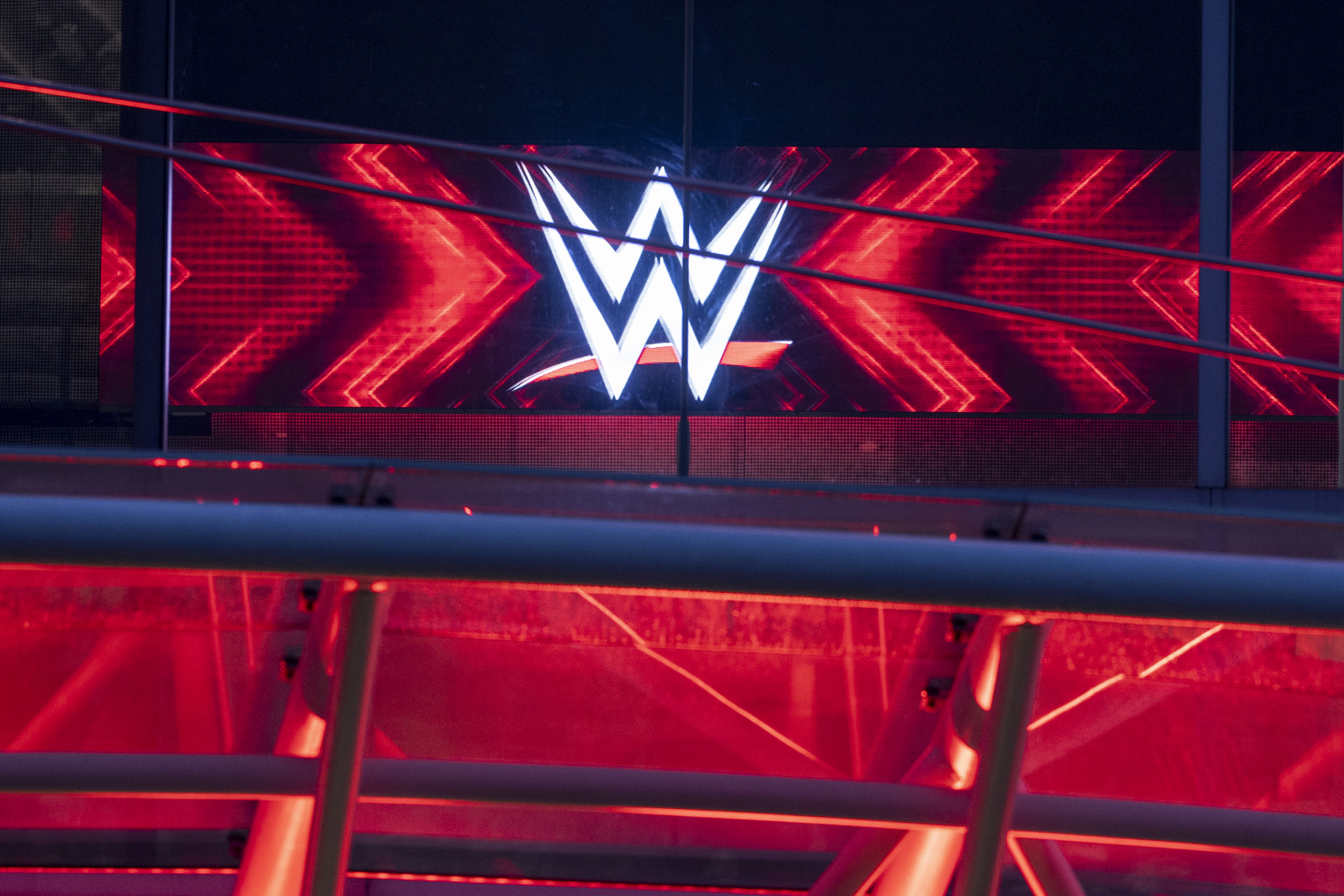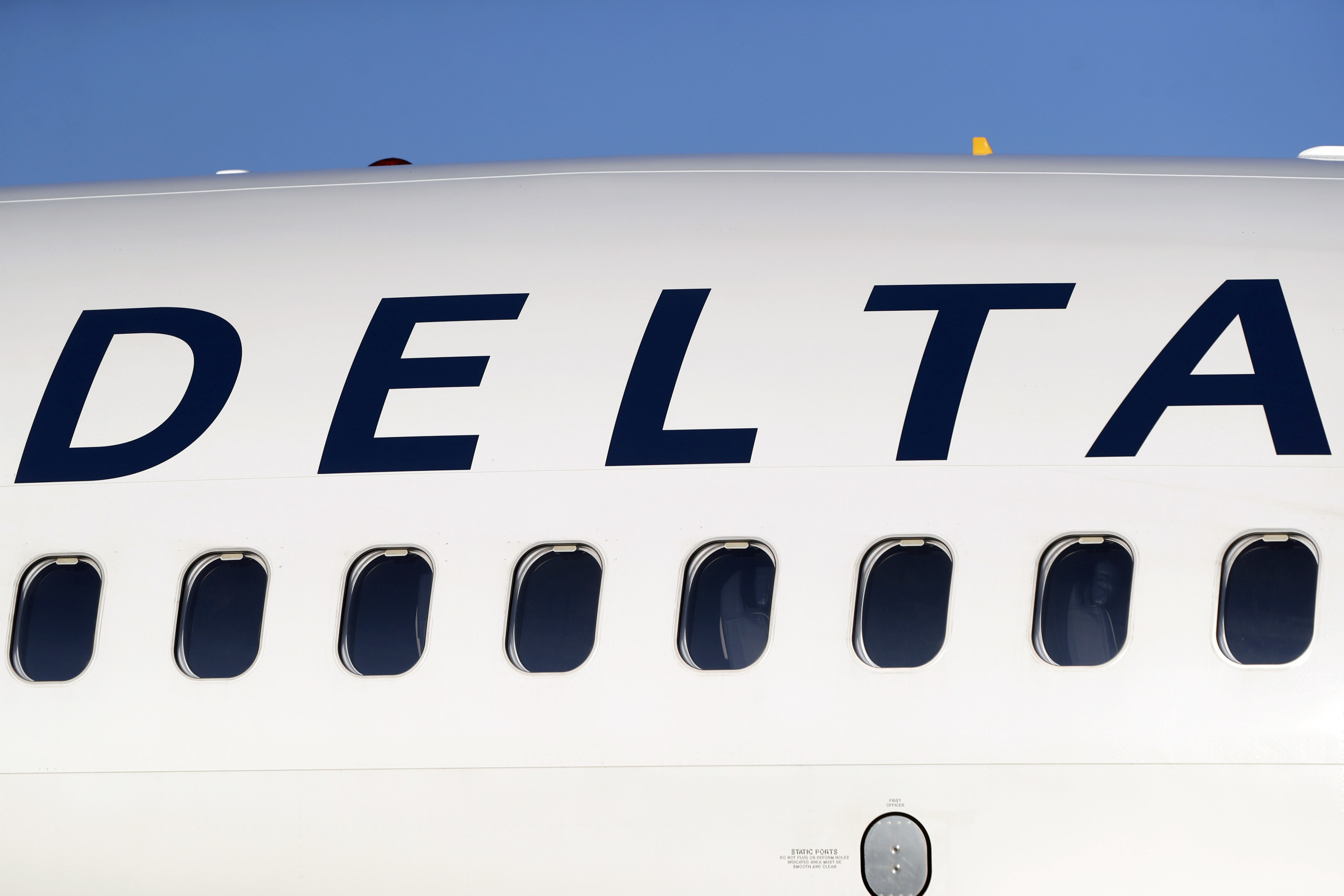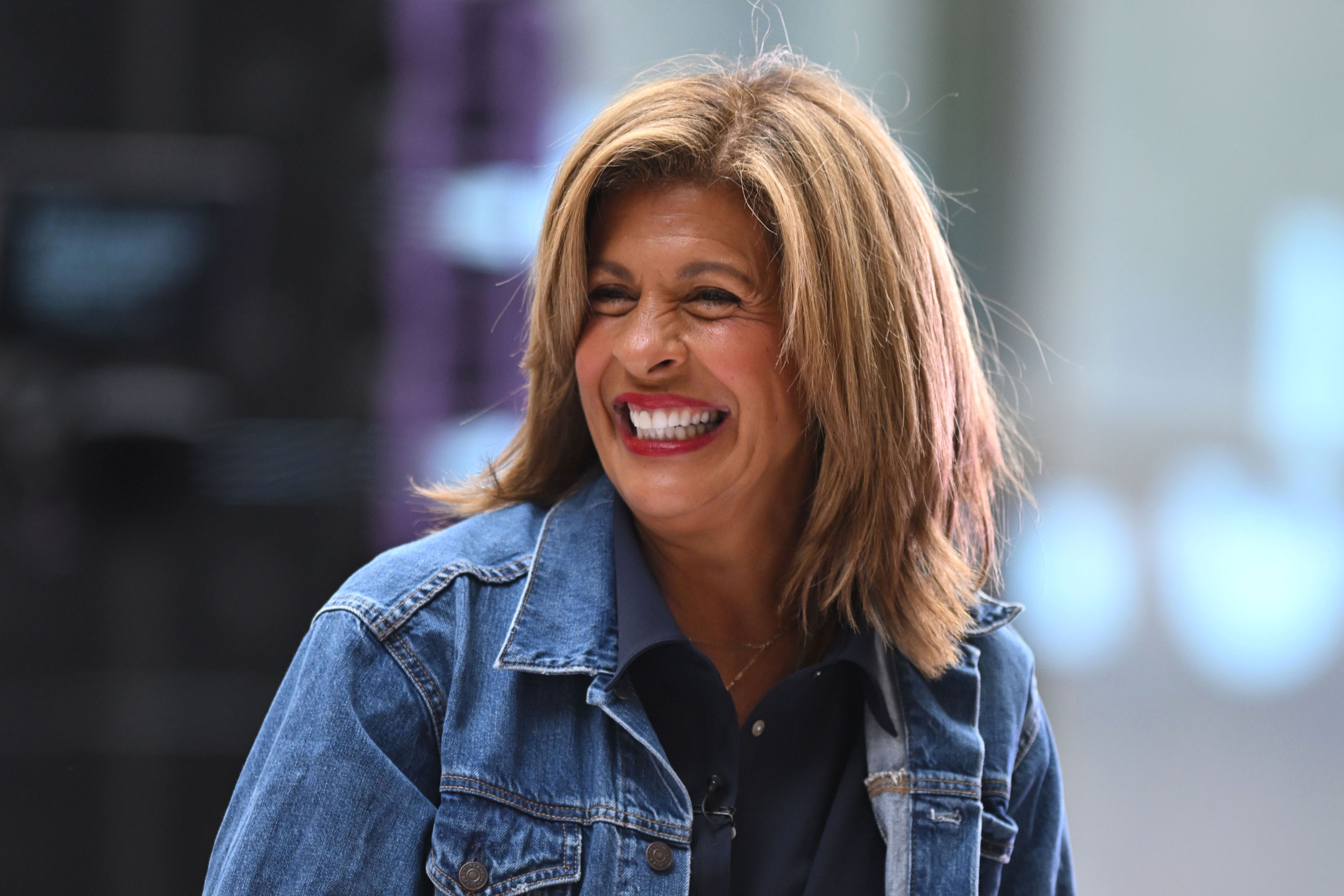Former President Donald Trump has made turnout at his rallies a point of pride.
This "weird obsession" was brought up by former President Barack Obama during his August 20 speech at the Democratic National Convention, and Vice President Kamala Harris used reports of rallygoers leaving events early to cast doubt on the former president's popularity during their September 10 presidential debate.
While his October 27 rally at Madison Square Garden in New York saw supporters lining the streets outside the storied arena, attendance at the Republican candidate's rallies has been on the decline since his 2016 victory.
Trump's 2016 rallies set the stage for a seismic shift in American politics, culminating in a powerful, last-minute event in Grand Rapids, Michigan. Held on November 7, 2016, the rally attracted an estimated 10,000 supporters who packed the venue and overflowed into surrounding areas, capturing the high-energy fervor that helped secure his victory over Hillary Clinton.
Trump is once again concluding his White House bid with an event in Grand Rapids, though it could be affected by a trend that has increasingly characterized his rallies: declining attendance.
Newsweek has contacted the Trump campaign for comment.

Declining trend confirmed by Harvard analysis
The Crowd Counting Consortium (CCC), a research initiative by Harvard Kennedy School's Ash Center for Democratic Governance and Innovation and the University of Connecticut, has tracked attendance at Trump rallies since 2017.
By August 12, the CCC had collated crowd size data for 28 political rallies at which Trump appeared and found that the events attracted an average crowd of about 5,600 attendees.
This compares favorably to the average of 4,600 in 2023, for which the CCC tracked 19 events, and the 5,200 average across 21 events in 2022.
However, it marks a significant drop from the average of nearly 15,000 across eight events in 2021, which included Trump's now infamous "fight like hell" speech given at The Ellipse just hours before the January 21, 2021, riot at the U.S. Capitol, at which the House Select Committee investigating the riots said 53,000 had been in attendance.
In 2020, the 83 rallies logged by the CCC averaged about 5,000 attendees, again down from averages of 11,000 across 19 events in 2019, 7,400 across 44 events in 2018 and 8,100 across 10 events in 2017.
The numbers underscore that although his events still pull sizable crowds, they are nowhere near the heights of his first presidential campaign.

How do Trump's rallies compare with Harris, Biden?
Between late July, when Harris became the presumptive and later the official Democratic nominee, and August 12, the vice president's rallies averaged about 13,400 attendees.
That's more than double the typical turnout at Trump's rallies in 2024, though the former president's rallies were tracked from the beginning of the year, and Harris' figures may have been boosted by the "euphoria" that some said defined the early stages of her campaign after President Joe Biden's withdrawal from the race.
Prior to his withdrawal, Biden enjoyed nowhere near the same levels of public support, with his 2024 rallies seeing an average of about 1,300 attendees, the CCC said.
In 2020, Biden made only a few appearances before crowds that were intentionally small because of the COVID-19 pandemic, and attendance averaged 1,600 and 2,400 in 2021 and 2022, respectively.
Factors contributing to the decline
Several factors could have contributed to the drop in Trump rally attendance. The initial novelty of his outsider status and fiery rhetoric in 2016 was a major draw, but by 2020, he was an incumbent, with years of policy and controversy shaping public perception.
The decline in attendance also reflects broader strategic shifts in Republican campaigning. Trump's rallies have continued with their showmanship, incorporating patriotic music, dramatic entrances and speeches aimed at reinforcing his anti-establishment message.
"We are essentially producing rock concerts inside of a week, and we're doing it multiple times a month," said Justin Caporale, deputy campaign manager, told Reuters in April.
In contrast, Harris and Biden have favored more intimate engagements, connecting with voters in community settings like union halls and churches. These events, though less visually spectacular, align with modern Democratic strategies aimed at personalized voter engagement.
It is important to note that declining crowd sizes do not suggest waning enthusiasm or support for the former president, nor any decline in his ability to command media attention and mobilize his base.
Do you have a story we should be covering? Do you have any questions about this article? Contact LiveNews@newsweek.com.




















 English (US) ·
English (US) ·